Building a new product takes more than just a good idea. You need a clear plan for turning that idea into something real. That’s where product development techniques come in. A product development methodology is the step-by-step way a team creates, tests, and improves a product. It helps keep work focused and organized.
With the right method, teams can avoid delays, save time, and make smarter choices. Different products require different ways of working, so there isn’t one perfect method. Whether you’re launching software or a physical product, using the right new product development process can help move things forward. In this article, we’ll look at some of the most used methods and how they work in real life.
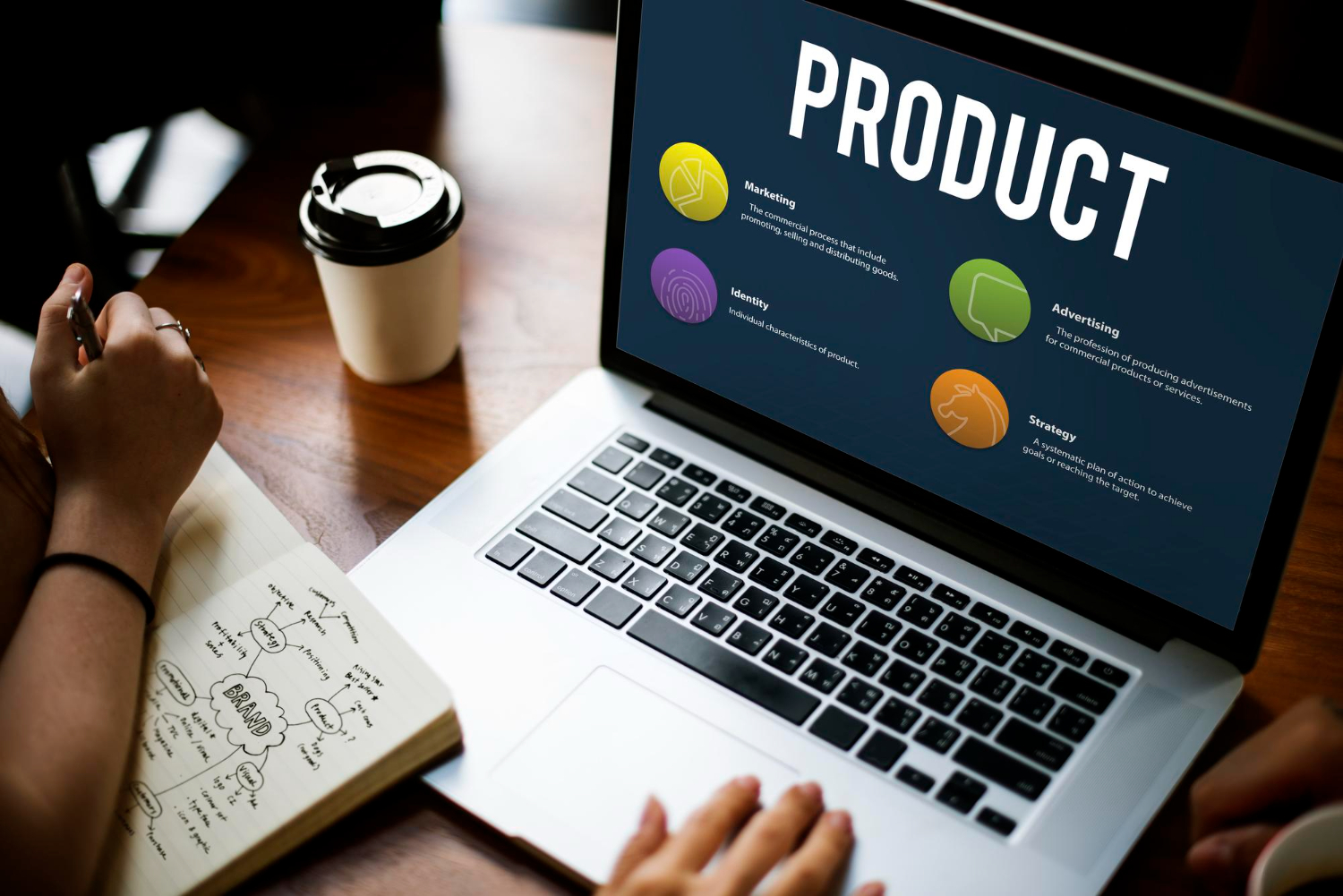
Why Product Development Matters
Creating something new is not only exciting but also smart for business. A clear plan helps you stay on track and avoid mistakes. Below are simple reasons why good product development methods are worth using:
- Helps you stay in the market. Things change fast. People want new things. If your business doesn’t keep up, it may be forgotten. With product development, you can keep your brand fresh and stay part of the conversation.
- Brings in more revenue. New or improved products often lead to more sales. Even small changes can attract attention. You can charge more for added value, which helps you grow your income.
- Gives you an edge over others. If you don’t improve, someone else will. A new product or feature can help you stand out. Product development helps you fill market gaps before others do.
- Builds a stronger brand. When you offer new ideas often, people notice. It shows you’re active and listening. Over time, this builds trust and makes your brand more memorable.
- Helps solve problems. Maybe your product is too slow or hard to use. Maybe something breaks too often. Product development methods help you fix these issues before they grow.
- Supports long-term success. What works today may not work tomorrow. Trying new things helps you keep moving forward. A business that grows with time stays strong.
- Can lower risk over time. If your business depends on one product, that’s risky. But if you have several, one can pick up when another slows down. That keeps your business safer.
- Builds customer loyalty. When people see that you care and try to improve, they stick around. They feel heard. They want to support a brand that keeps offering better options.
Product development is more than just making new things. It’s a smart way to build a future for your business. By using simple, clear product development methods, you give yourself room to grow, change, and stay useful to your customers. Keep testing, keep building, and keep going.
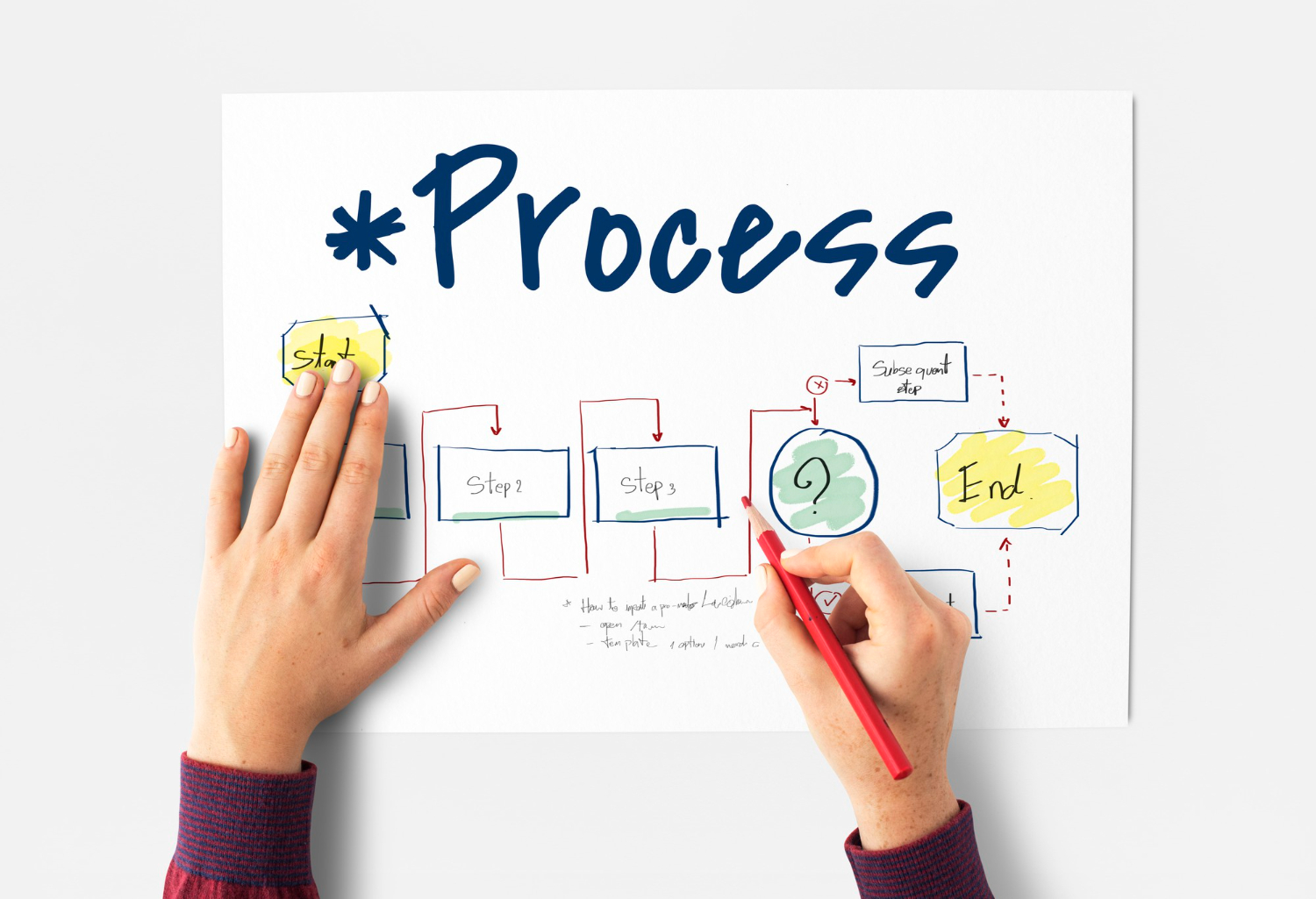
Product Development Methodologies
If you’ve ever worked on a product without a plan, you know how messy it can get. One minute, everyone’s excited. Then the ideas start piling up, people get confused, and progress stalls. That’s why having a clear product methodology helps. It gives the team something to follow. Not rules, just direction.
With a good product management methodology, everyone knows what they’re doing. You don’t waste time figuring out who’s doing what. There’s a rhythm. The work moves. Even if things change, and they always do, you’re not starting from scratch each time.
A shared product development system also makes choices easier. Should we build this now? Fix that first? When you’ve got a method, those calls don’t feel like guesses. It also helps reduce stress. Fewer mix-ups. Fewer back-and-forths.
You don’t need to follow every step perfectly. That’s not the point. The point is to stay focused, work better as a group, and keep things moving forward. Pick a product methodology that fits your team. If it works for you, that’s enough.
Top 8 Best Product Development Methodologies
Building a product is more than just having an idea. It takes clear steps, teamwork, and the right way to work. This is where product development methods come in. The best product development approach depends on your goals, team size, and how you like to work.
Agile

Agile is one of the most common development methodologies. Instead of doing everything at once, the Agile product development process splits the work into small parts called sprints. Each sprint usually lasts one to four weeks. During that time, the team plans a task, builds it, checks if it works, and makes changes if needed. Then they move on to the next sprint. This keeps the work moving and helps catch mistakes early.
Pros:
- Easy to adapt to changes
- Regular feedback
- Works well for growing products
Best for: Startups, tech companies, and teams who want quick results and frequent feedback. Agile is also a smart product approach when you’re not sure what the final product should look like. Agile works best when the final idea is not fully clear at the start. It lets teams try different things and change direction without wasting too much time. It also allows teams to show their progress more often. They don’t wait until the end to see if the product is working.
Lean
Lean is all about doing only what is needed. The idea is simple: don’t waste time or money. Instead of building every possible feature, teams focus on the parts that matter most. They build a small version first, see if it works, and then add more. MVP development service is at the heart of Lean thinking: the Lean approach builds small, tests fast, and grows based on feedback. That’s exactly what an MVP does.
Lean helps avoid building things nobody uses. It encourages teams to keep things simple. They ask questions, test small ideas, and learn from real users before making big decisions. This helps reduce risk and saves money. A great example is the Toyota Production System, which is a landmark real-life example of Lean manufacturing and Lean thinking in action.
Pros:
- Saves time and money
- Simple to start
- Customer-focused
Best for: New companies, small teams, and anyone working with limited resources. It’s a useful product development approach for testing ideas before going all in.
Scrum
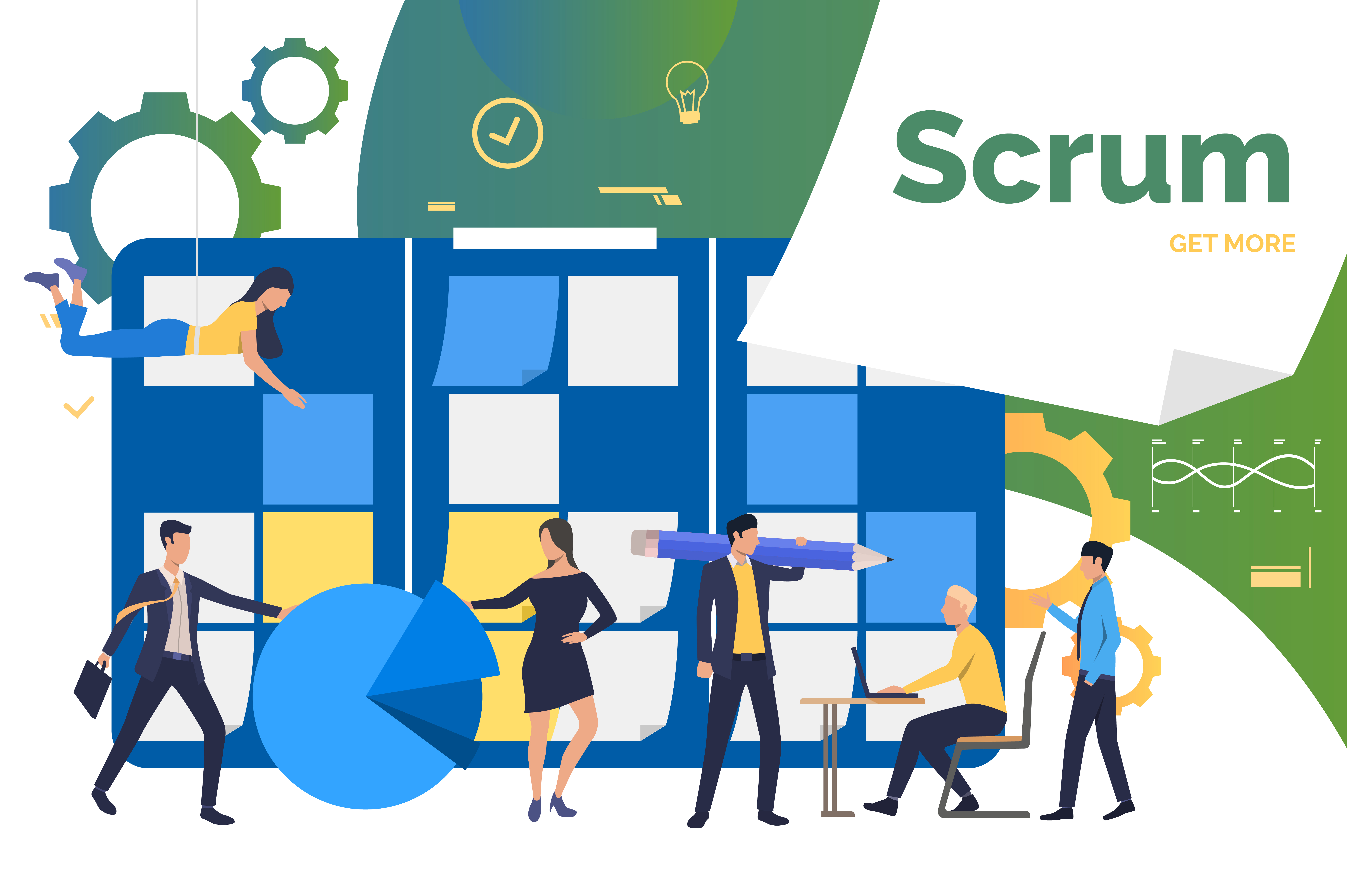
Scrum is another way of working that fits into the Agile for product development family. It has more structure than general agile. In Scrum, the work is broken into short time blocks called sprints, usually two weeks. Every day, the team meets for a quick update called a stand-up. Everyone shares what they’re working on, what’s done, and what might be in the way.
At the end of each sprint, the team shows what they built. They talk about what went well and what didn’t. Then they plan the next sprint. This cycle keeps the team focused and helps spot problems early.
Scrum has clear roles. There’s usually a product owner who knows what the users want, a Scrum master who helps the team stay on track, and the rest of the team who does the building. One popular company using Scrum is Tesla. They turned to Scrum to speed up its autonomous driving development, cutting cycle time by 15% and reducing errors by 10%.
Pros:
- Clear team roles
- Better teamwork
- Fast progress in small steps
Best for: Teams that work closely together and like clear roles and timeframes. Scrum works well for software and digital product teams who need regular check-ins and want to improve step by step.
Waterfall
Waterfall is one of the oldest product development methods. It moves in a straight line. First, you plan. Then you design. After that, you build, test, and finally release the product. Each step must be finished before the next one begins. Once you move forward, it’s hard to go back. That’s why this method works best when everything is clear from the start and changes are not expected. Apollo 11 (first Moon mission), this historic program followed sequential, phase-by-phase Waterfall planning. Mentioned as a case in Waterfall methodology case studies.
Waterfall is easy to follow because the steps are well defined. It’s helpful when the team knows exactly what the final product should be. There are no surprises. Everyone knows what to do and when to do it.
Pros:
- Easy to understand
- Good for fixed budgets
- Works well for long-term planning
Best for: Large projects with strict rules, like construction, government contracts, or hardware development. It’s not flexible, but can be helpful when every step must be followed carefully.
Kanban
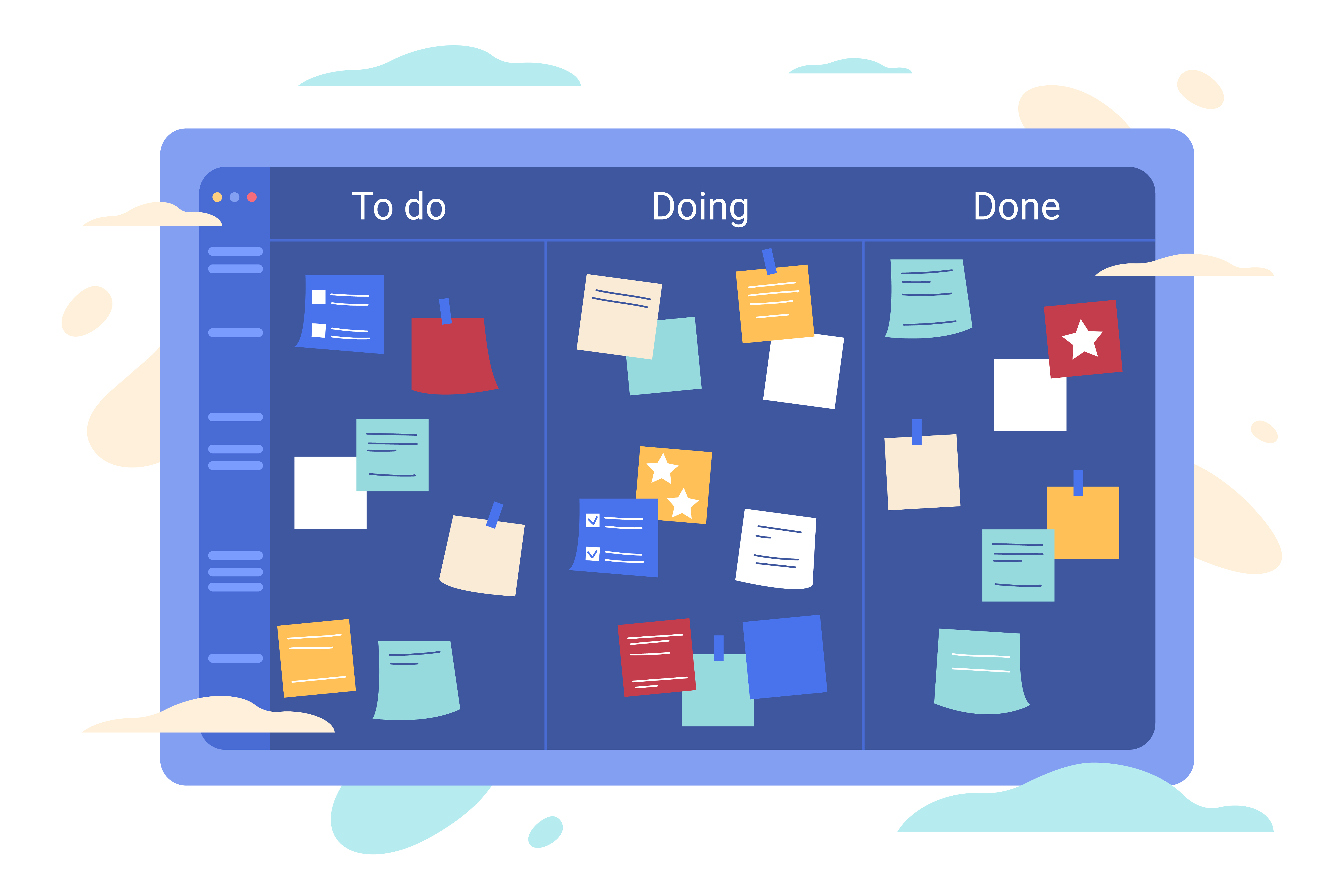
Kanban helps teams stay organized by showing where tasks are at any moment. It uses a board with columns, usually labeled “To Do,” “Doing,” and “Done.” Tasks move across the board as people work on them. This makes it easy for the whole team to see what is in progress and what is finished.
Kanban doesn’t use fixed time blocks like sprints. Instead, people pick up new tasks only when they have finished the last one. This reduces overload and keeps work flowing smoothly. It’s a visual method that brings more control to everyday tasks.
Pros:
- Visual and easy to follow
- Helps reduce overload
- Focuses on progress
Best for: Teams that deal with ongoing work instead of one big project. It suits customer support, marketing, and teams that need to see work at a glance.
Feature-Driven Development (FDD)
Feature Driven Development, or FDD, is all about building a product one feature at a time. The process starts with creating a clear plan or model of the product. Once that’s done, the team breaks it into smaller features. These features are built, tested, and delivered step by step.
FDD keeps the focus on results people can see and use. Instead of long planning or big launches, it’s about steady progress. Each feature is small enough to build quickly but still useful on its own.
Pros:
- Feature-focused
- Good for large teams
- Clear structure
Best for: Larger businesses or teams working on complex software. It helps break the work into smaller parts, which makes it easier to manage.
Extreme Programming (XP)
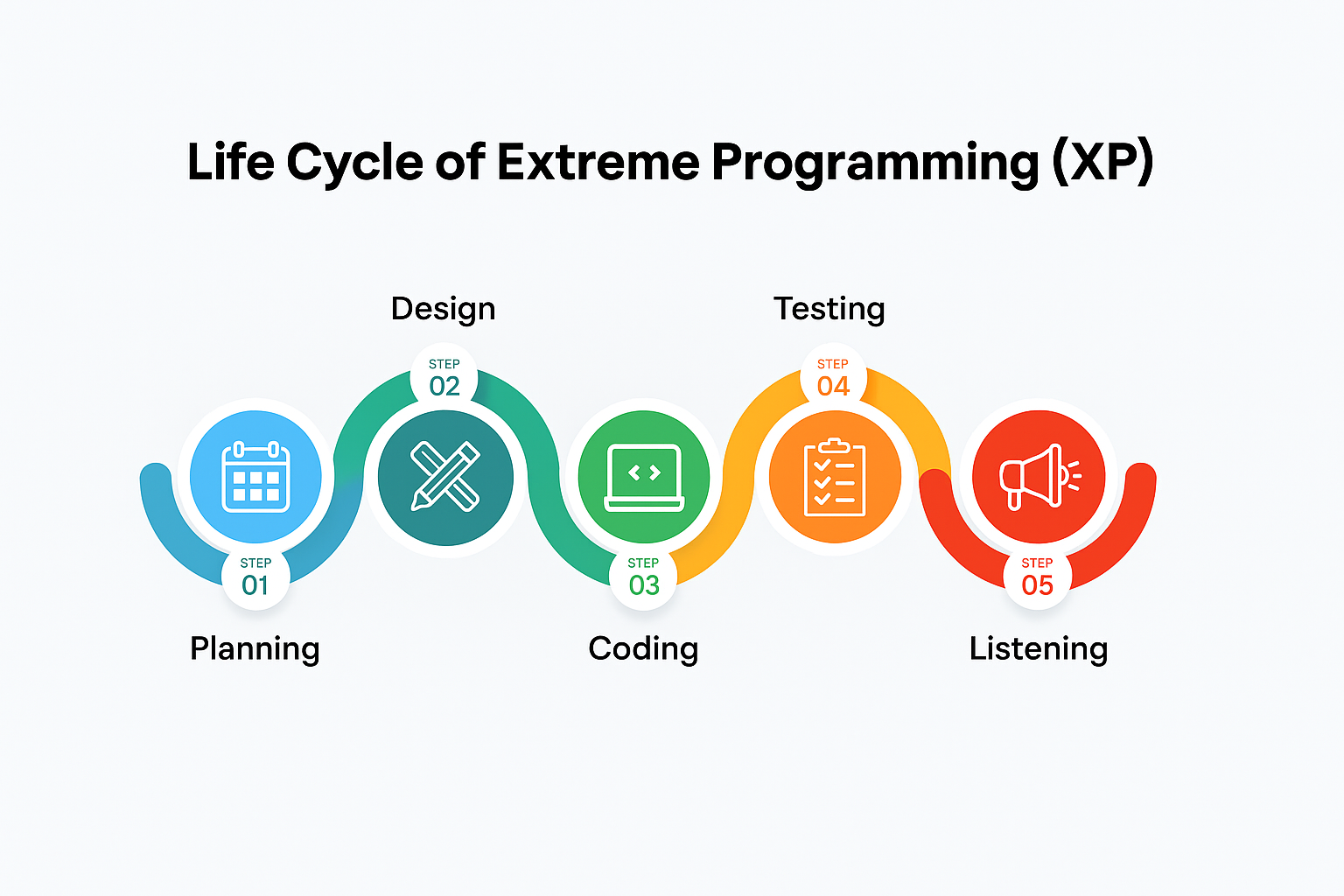
Extreme Programming, or XP, is a method that focuses on speed, teamwork, and writing better code. It’s a type of Agile for product development but with stricter habits. The idea is to keep releases small and frequent. Teams don’t wait for weeks or months to launch a feature. Instead, they work in short loops and push updates often.
One key part of XP is testing. Developers write tests before they write the actual code. This helps catch mistakes early. Another part is pair programming. Two developers work on the same task together. One writes the code, the other checks it. They switch roles often. This helps the team spot bugs and think through problems as they happen.
Feedback is also important. The team checks in with users, testers, and each other all the time. That way, they can change direction quickly if something doesn’t work.
Pros:
- High-quality code
- Frequent updates
- Less room for bugs
Best for: Software teams focused on quality and speed. XP is best when the product changes often and testing is important. It’s also a great fit for AI tools, where updates and testing happen often. If you’re working on an AI-based app or platform, AI product development services can help apply XP methods in the right way.
Rapid Application Development (RAD)
Rapid Application Development, or RAD, is a method built for speed. The goal is to make something useful as quickly as possible, even if it’s not perfect at first. Teams build a working model fast, then test it with users. Based on what people say, they fix it, change it, or add to it. This loop continues until the product feels ready.
RAD works well when ideas need testing before building a final version. It skips long planning stages and jumps into action. It’s not about getting everything right the first time. It’s about trying, learning, and improving. Design and development often happen at the same time, which makes the process faster.
Pros:
- Fast results
- Involves users early
- Good for testing new ideas
Best for: Projects that need quick delivery, like design mockups or new app ideas. RAD fits short timelines and projects with flexible goals.
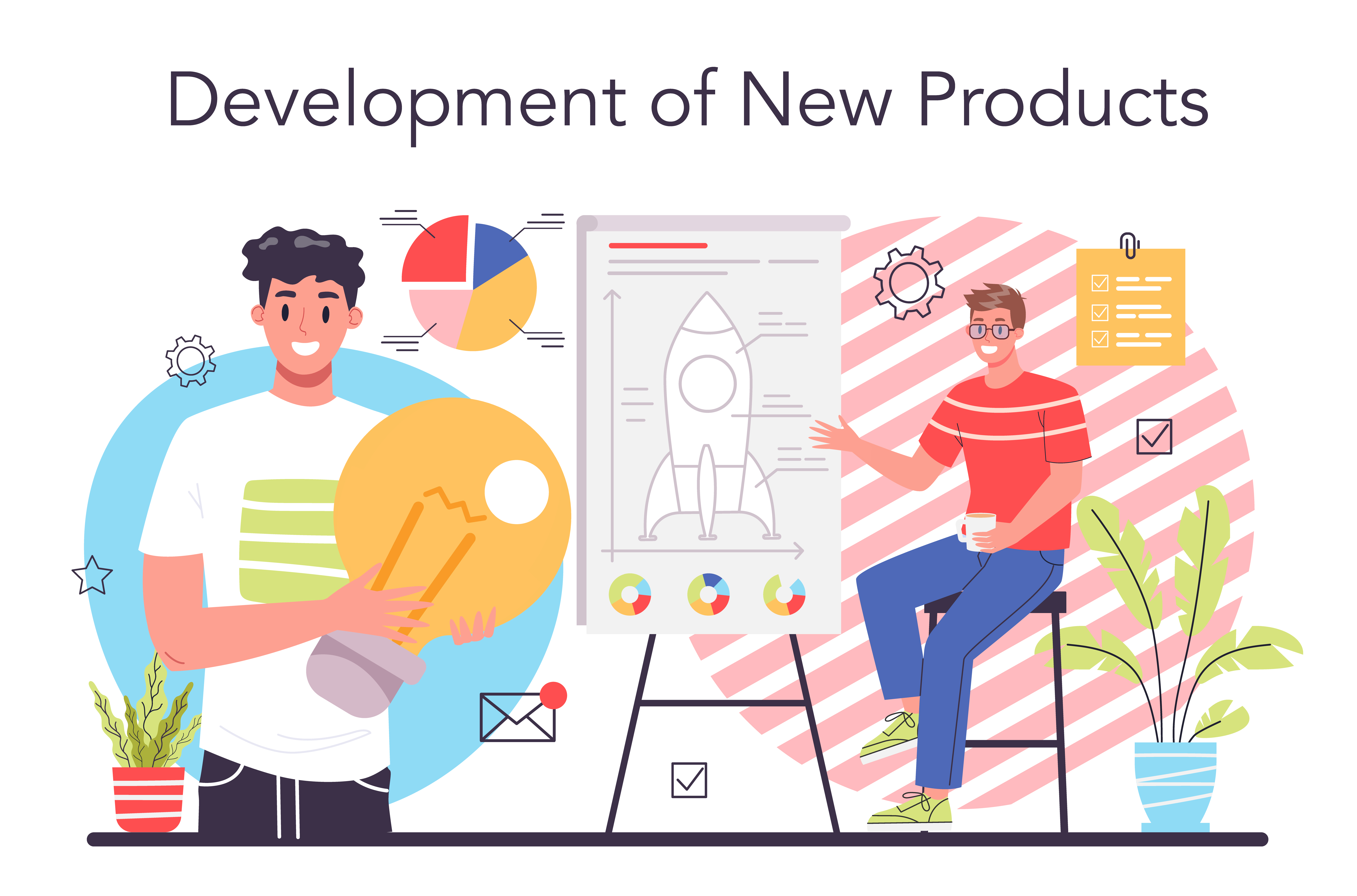
How to Choose the Best Product Development Method
Every product is different. That’s why there’s no single way to build it. These eight product development methods offer different paths. Some are quick and flexible. Others are structured and slow. What works for a new app might not work for building a bridge or a payment system.
The Agile product development process fits well for teams that want speed and flexibility. The Waterfall model fits better for long-term work with fixed steps. Kanban is great for daily tasks, while RAD is good for building quick models. No matter what you choose, the goal is the same: build something people want and make the process smooth.
Picking the right product development approach takes time. You need to know your team, your budget, your deadlines, and your users. When you find the method that fits your needs, things get clearer. Work moves faster, people stay focused, and your product has a better chance of success. So take the time to choose the right product methodology for your next project. It can make all the difference.
